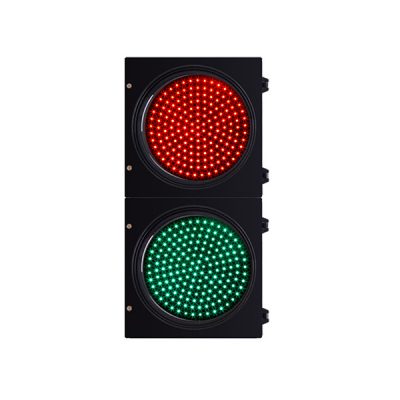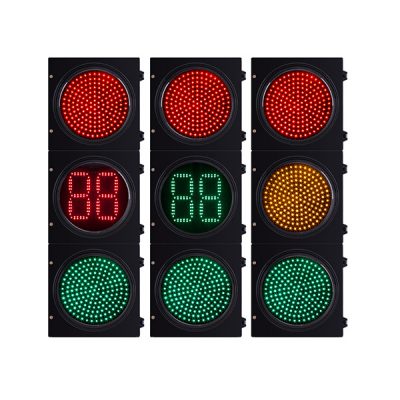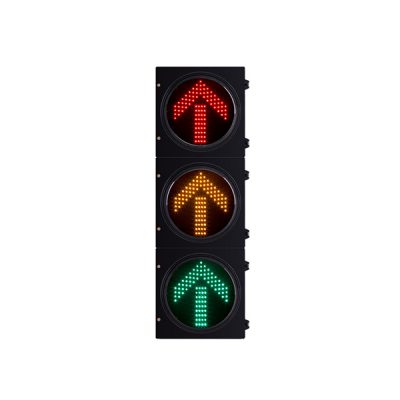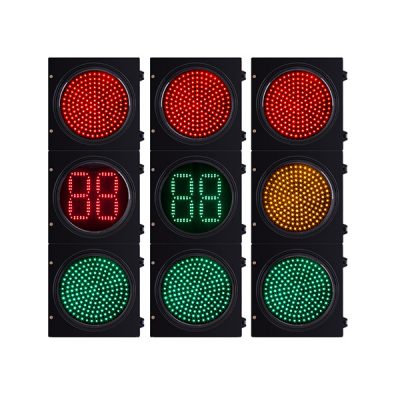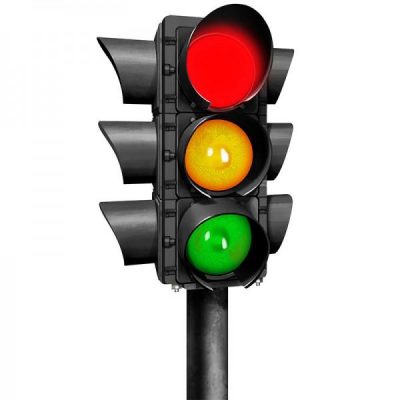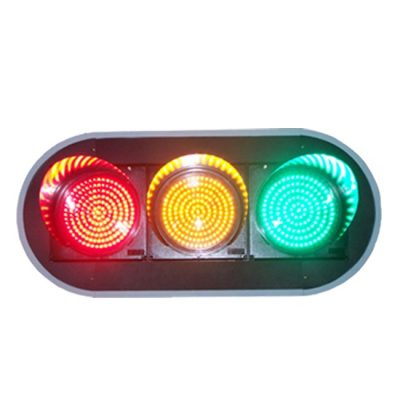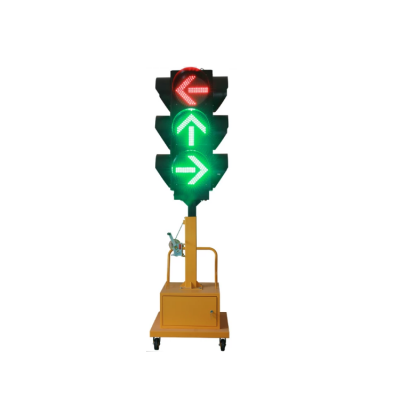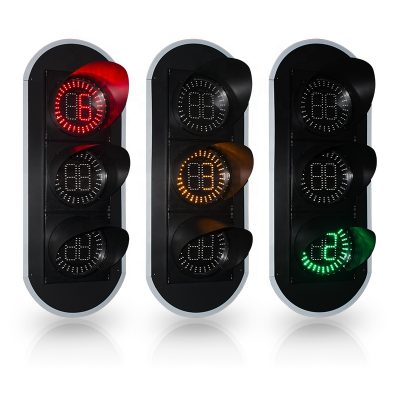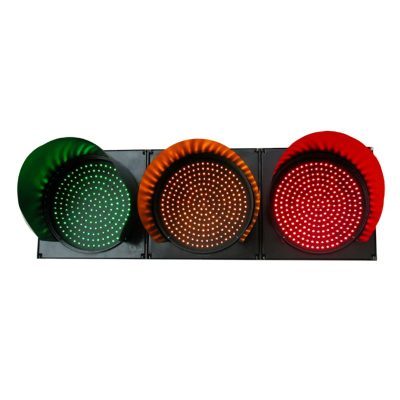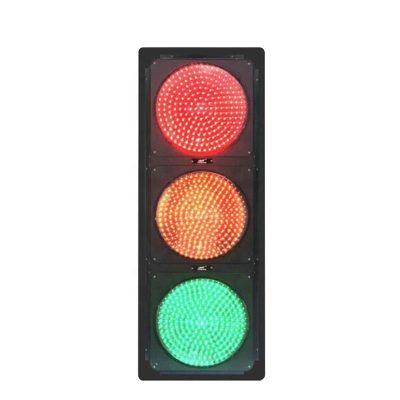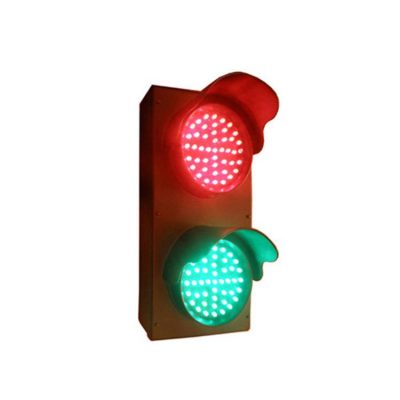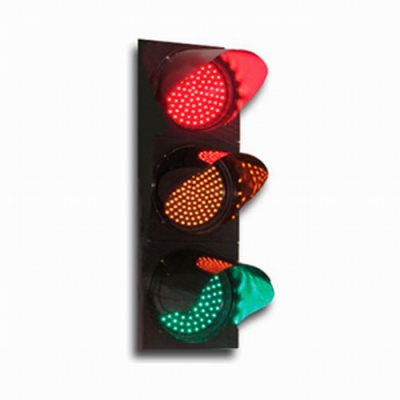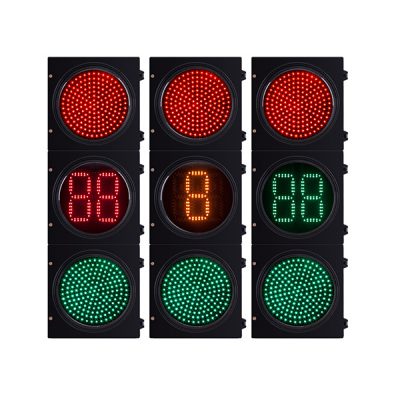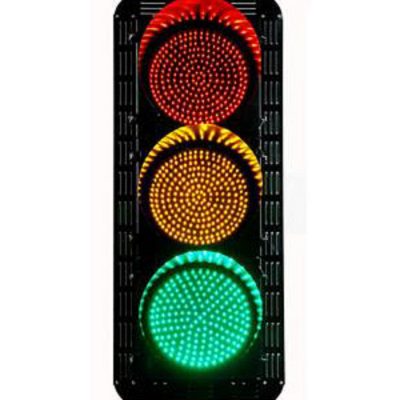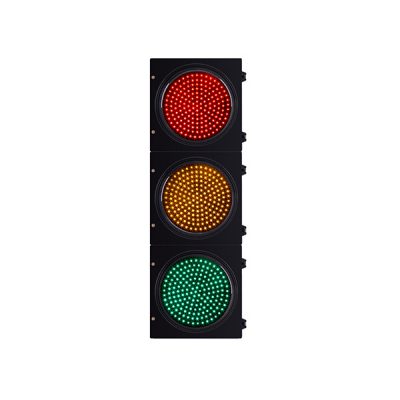Traffic signal related information
Traffic signal lights are signal lights that direct the operation of traffic, and are generally composed of red, green, and yellow lights. A red light means no traffic, a green light means permission to pass, and a yellow light means a warning.
Traffic signal lights are divided into: motor vehicle signal lights, non-motor vehicle signal lights, crosswalk signal lights, direction indicator lights (arrow lights), lane lights, flashing warning lights, road and railway intersection lights.
At intersections, red, yellow, green, and three-color traffic lights are hung on all sides. They are silent “traffic police.” Traffic lights are internationally unified traffic lights. The red light is the stop signal, and the green light is the pass signal.
The role of traffic lights
Traffic lights are graphic symbols that display traffic laws and road information. They can express traffic laws vividly, concretely, and concisely. At the same time, they also express content that is difficult to describe in words. They are used to manage traffic and indicate the direction of traffic to ensure smooth and smooth roads. Safe driving facilities.
Traffic signal lights should be set according to road and traffic conditions. Provide accurate and timely information and guidance through traffic signs, so that road users can reach their destinations smoothly and quickly, and promote smooth traffic and safe driving. Road traffic signs are facilities that convey information to road users by colors, shapes, characters, graphics, etc., and are used to manage traffic.
